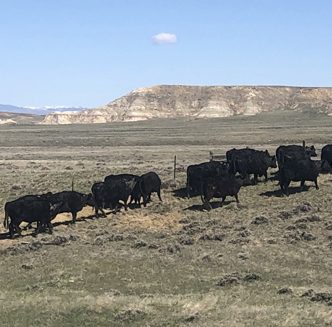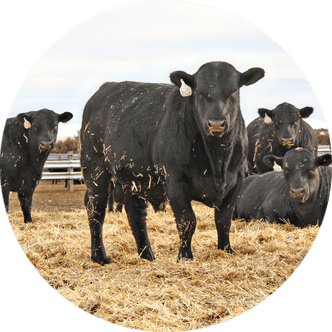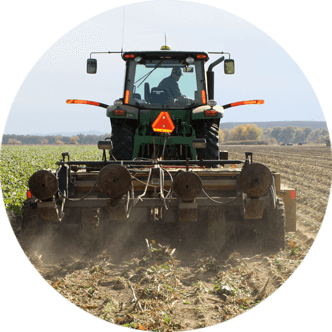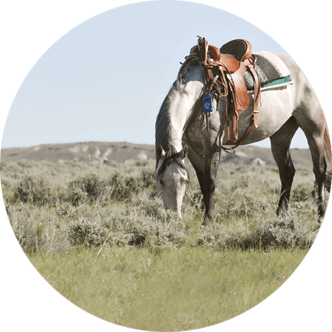Flash floods in Texas claim lives, destroys crops, livestock
A wall of water taller than a two-story house swept down Texas’ Guadalupe River in the middle of the night on July 4, displacing and killing people and destroying homes and structures in 21 of the state’s 254 counties.
Now, volunteers and agency personnel are searching for missing people and trying to save what’s left of farms and ranches.
“We still have over 40 people missing,” said Texas Agriculture Commissioner Sid Miller in a July 7 Fox News report. “Our death count is up to 82 people in those 21 counties. It will probably go over 100, unfortunately.”
Miller compared the amount of water in the Guadalupe River to Niagara Falls.
“Within a 24-hour period, there was enough water coming down the Guadalupe River through Kerrville, Texas it would equal the water going through Niagara Falls in a month and a half,” he said. “It’s a very devastating flood.”
Agricultural toll
Miller also discussed the catastrophic losses to agriculture, noting livestock found in the tops of trees and the loss of hundreds of miles of fencing, as well as buildings and structures.
“We’ve lost farm-to-market roads, bridges, utilities, etc. We’re out of power,” Miller noted. “Irrigation systems have been wiped out. Crops are gone. Crops are underwater. There’s missing livestock. Tractors are underwater and implements washed away. You name it, it’s happening in those 21 counties.”
Resources for help
While volunteers and agencies work tirelessly to find missing people, Miller offered the state’s crisis hotline, AgriStress, as a resource.
“I’m opening up to any and every Texan going through this mental anguish who has lost loved ones or has loved ones who haven’t been found or lost property,” he said.
The AgriStress hotline is 833-897-2474.
“I hope people take advantage of the hotline because it is absolutely needed in situations like this,” he added.
Economic impact
The economic impact of this flood is not yet known. Miller said the loss of life is top tier, adding, “It supersedes everything.”
But a loss of livelihood is also going to need to be accounted for.
While the damage involves about 10 percent of the state, many areas outside of the 21-county region are under flash flood warnings as well.
“Hopefully, it doesn’t expand, but it’s certainly possible it could,” Miller said.
In the meantime, Miller said the state’s sole mission is to rescue people.
“Hopefully, we can find more and more who have survived,” he said. “More flash flooding and more rain hamper those efforts, but we’re going to be prepared. We’re expecting it now. It just caught us off guard at 3 a.m. when everyone was asleep – very little warning time.”
Miller noted the need for an improved alert system.
“The legislature is going to come back, and we’re going to fix this problem. We need to have a better alert system, not just for flooding, but for any type of emergency,” he said.
Assistance and donations
For those wanting to help, Miller welcomes donations to the Texas Department of Agriculture’s STAR Fund, where funds are distributed to individuals and private entities.
“We get it back to farmers and ranchers to cover things insurance doesn’t,” he said. “This includes mostly fencing and buildings, burying dead animals, things like that.”
For more information, visit texasagriculture.gov.
Those interested in making hay or livestock feed donations can visit the same website or call 512-787-9966.
Shelley E. Huguley is the senior editor for Southwest Farm Press. This article was originally published by SouthwestFarm Press on July 7.





